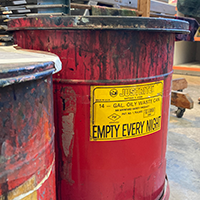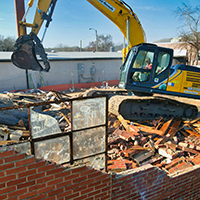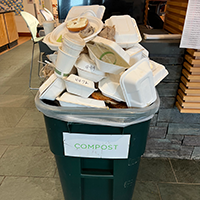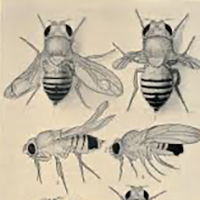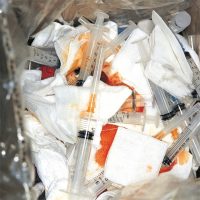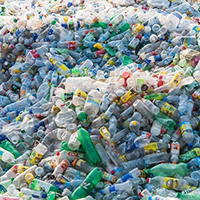If “the sewer is the conscience of the city,” as Victor Hugo wrote, then a fine way to understand the values and norms of a society is to study what it does with its waste. Take a small liberal arts college in the northeastern United States. In the pursuit of knowledge and student well-being, what particular kinds of waste does such an institution produce? Where do its cast-offs go, who handles them, and with what social, economic and environmental effects?
Welcome to the Williams Waste Tour. This site is the collective project of the students of Waste and Value, an anthropology and environmental studies seminar at Williams College in the fall of 2022. To better understand how our institutional life is embedded in systems of rubbish management that shape social relations, working conditions, and ecosystems in our region, we tracked our college’s waste streams. We followed the flows. In teams, we investigated where our institution’s plastic, food waste, medical waste, construction debris, used art supplies and lab animal carcasses actually go when they are “thrown away.” We talked with the people who handle these discarded materials at Williams and where they go next, and we reflected on how their insights might help us de-normalize and think anew about prevailing waste practices.
Select a stream below to follow along as we pursue the pathways of college waste. Each page represents the work of a team of two students—what we learned, what the people who deal with this waste stream say about it, what further questions are raised by these findings. There is much more to say—and many other waste streams, large and small, to examine—but here is what we have found thus far.

